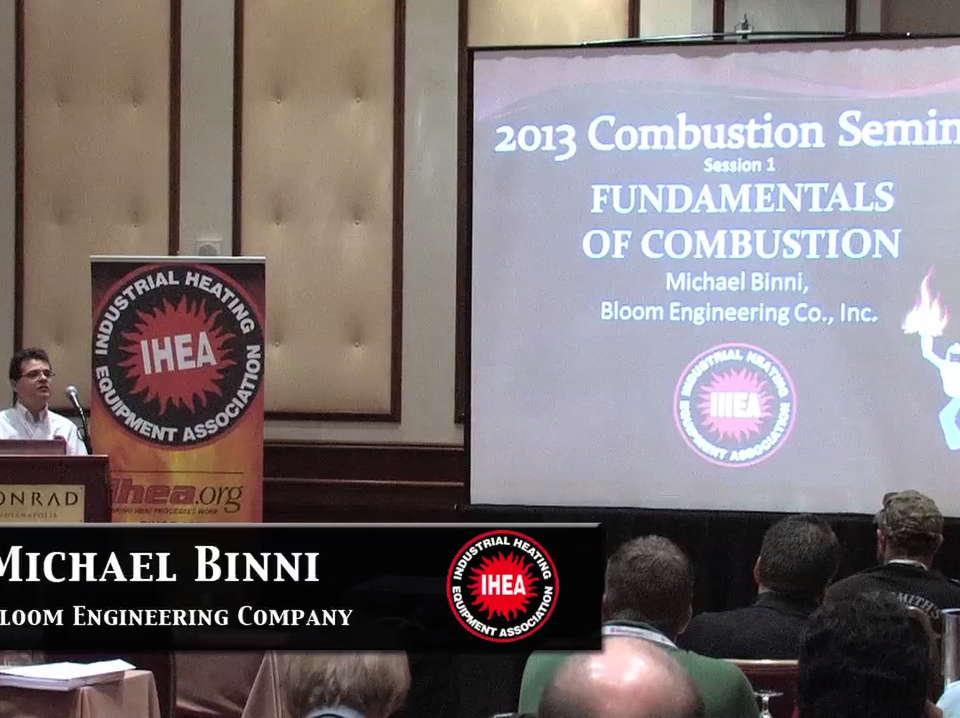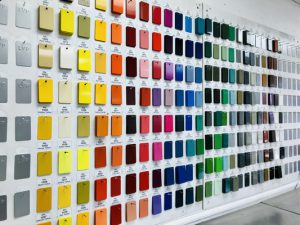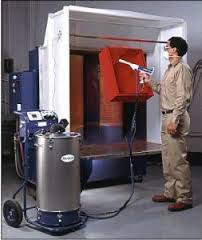Powder coating powder screening is important: The most common reason that powders puff and surge during application is due to the lack of screening. Powders may become compressed in transportation or in storage and will form large compacted groups of particles that will clog up feed hoses.
Screening of powders, new and reclaimed, will insure uniform particle size distribution, separate out contaminants, and allow the system operator to fine tune the application equipment without puffing or surging for maximum transfer efficiency and finish quality. Actual on-line test results have shown that screened powder will cover much more area than the same material unscreened.
Powder should be screened into a clean dry hopper. Powders are manufactured by the manufacturer through an 80 mesh screen. The powder is light and fluffy when they make it. It may not be light and fluffy when you get it at your facility. If the powder manufacturer is screening though an 80 mesh screen, and you screen through a standard stainless steel window screen, the powder should fall through just as fast as you pour it in. That’s going to prevent you from introducing into your system, balls of coagulated powder that are going to clog your feed lines. What happens when you clog your feed lines? You get puffing and surging.
When jobs require a Class A surface, that is a blemish free or near blemish free surface, depending on what Class A means to the customer who’s defining Class A, it is wise to pour the powder through a 100 mesh screen. A 100 mesh screen is tighter than the 80 mesh screen the powder manufacturers use to make their powder. But what you are doing is taking out all the heavy particles. And when you spray that powder, you can get a near blemish-free surface.
You can also purchase screening equipment from various manufacturers to accomplish this task.
Related Resources
- Building Environment Enclosures
- Engineered Buildings
- Powder Coaters Corner
- Powder Coating Industry Research
- Contact







